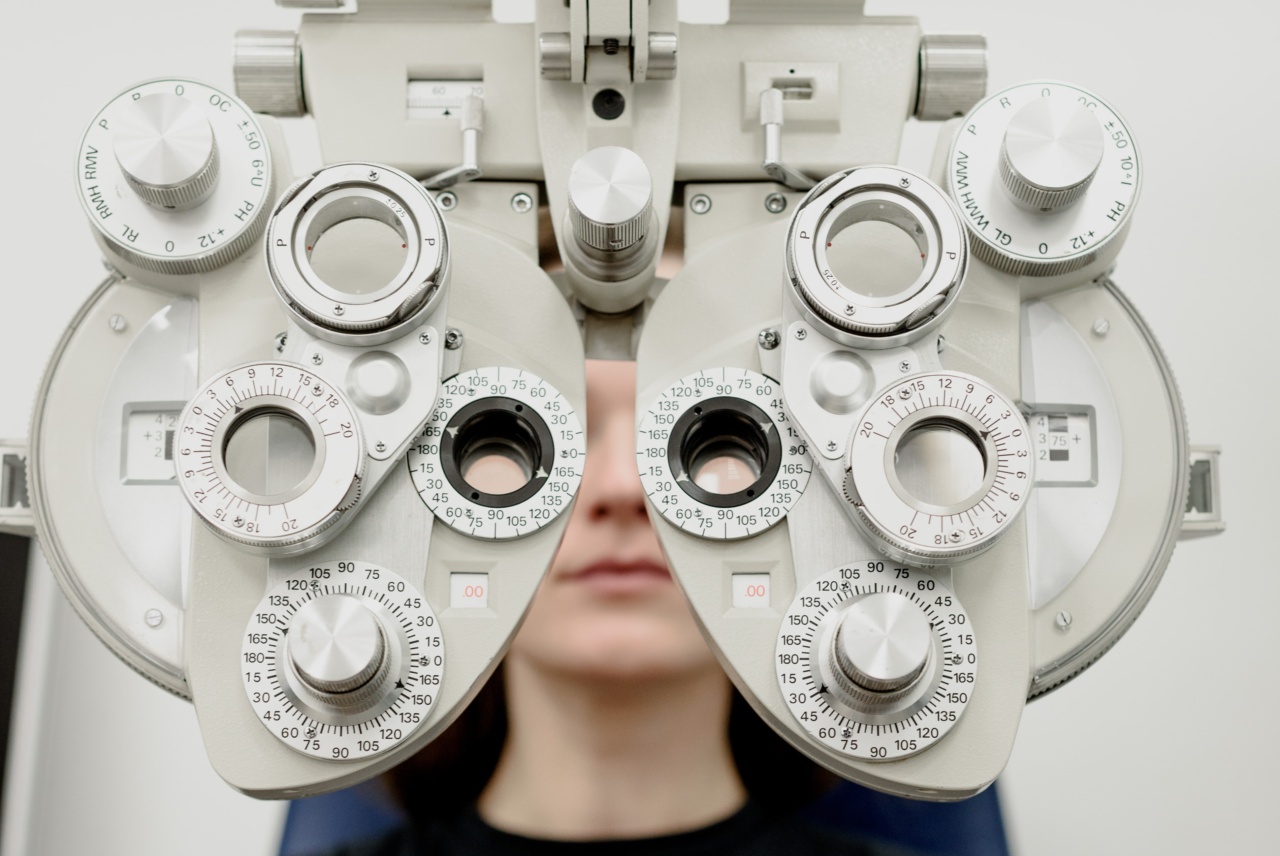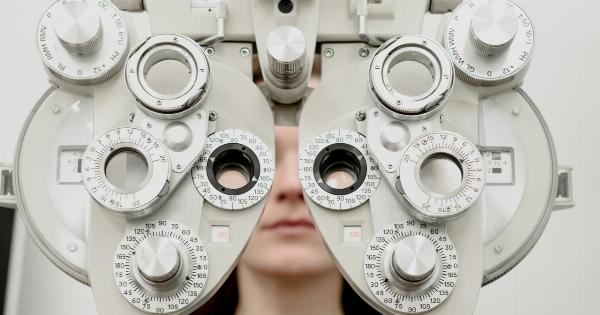Genetic therapy has been regarded as the next frontier in medicine, providing hope for people suffering from various genetic diseases. Genetic therapy involves the manipulation of genes to treat or prevent diseases.
One area where this therapy is showing great promise is in restoring vision. Scientists are developing new techniques that can treat blindness caused by genetic defects, providing new hope for millions of people worldwide.
Understanding Genetic Therapy for Vision Restoration
Genetic therapy for restoring vision is still a relatively new field of research. The process involves introducing a healthy DNA into the cells of the retina that’s missing or damaged.
By replacing the defective genes, new healthy cells that are capable of detecting light can be generated, leading to a restoration of vision. Scientists are developing various techniques for delivering healthy genes into the retina cells, including viral vectors, lipid nanoparticles, and electroporation.
The Promise of Gene Therapy for Inherited Retinal Diseases
Gene therapy holds the potential to treat various inherited retinal diseases. Retinitis pigmentosa, for instance, is a genetic disorder that affects more than 1.5 million people globally.
This disease causes the retina’s photoreceptor cells to die slowly, leading to vision impairment and eventual blindness. Many genetic therapies are currently in clinical trials to treat retinitis pigmentosa and other inherited retinal disorders. The early results are promising, with some patients experiencing increased visual acuity and improved color perception.
New Techniques for Genetic Therapy for Inherited Retinal Diseases
Scientists are continually developing new techniques to enhance the delivery and effectiveness of genetic therapy for inherited retinal disorders. One of the most promising techniques involves CRISPR-Cas9 gene editing.
CRISPR-Cas9 is a genome editing technology used to modify specific genes by cutting out or replacing a targeted section of DNA. This technology has the potential to correct the genetic defects causing inherited vision disorders, and researchers are currently exploring its use in clinical trials.
Potential Risks and Challenges of Genetic Therapy for Vision Restoration
While gene therapy for vision restoration holds a lot of promise, there are also potential risks and challenges that need to be considered.
Some people treated with gene therapy have reported mild side effects, such as conjunctivitis, inflammation, and changes to the retina. There is also a risk of more severe side effects that can occur if the virus used to deliver the healthy genes causes an immune response in the body.
Additionally, the long-term efficacy and safety of these treatments are still being studied, and the cost of genetic therapy is relatively high, with some treatments costing up to $1 million.
The Future of Genetic Therapy for Vision Restoration
Despite the challenges, the future of genetic therapy for vision restoration looks bright.
As new techniques are developed and clinical trials progress, we are learning more about how we can use gene therapy to treat inherited retinal diseases and other vision impairment problems. While we still have much to learn about the long-term safety and efficacy of these treatments, the results so far are promising.
With millions of people worldwide suffering from vision impairment and blindness, genetic therapy provides new hope for a better future.
Conclusion
Genetic therapy for restoring vision is an emerging field with tremendous potential.
With new technologies and techniques being developed at a rapid pace, gene therapy may soon become a routine part of medical practice to treat inherited retinal diseases. While there are challenges that need to be overcome, the potential for genetic therapy to restore vision to millions of people worldwide is a significant breakthrough in medicine and a cause for optimism.





























